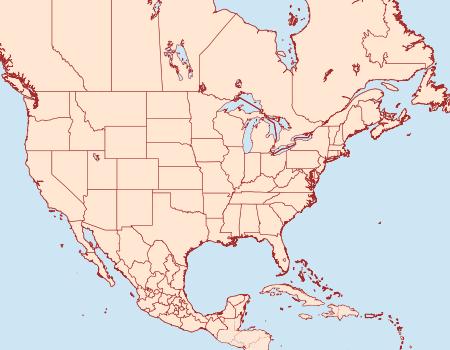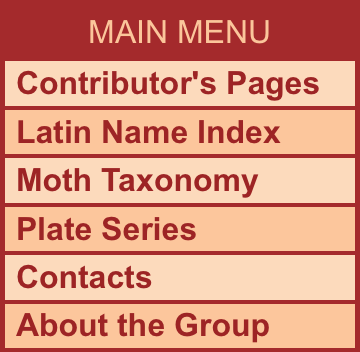
|

Digital Guide to Moth Identification |

|
|
Gracillariidae
990090n –
19090 Cameraria ohridella
(Deschka & Dimic, 1986)
|
| Photographs are the copyrighted property of each photographer listed. Contact individual photographers for permission to use for any purpose. |
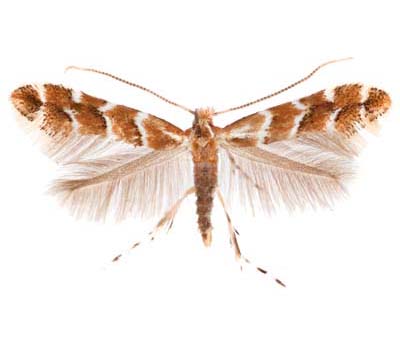
© Todd Gilligan |
| References (Caution: DNA barcoding at BOLD provides evidence of relatedness, not proof of identification; some BOLD specimens shown may not be sequenced.) |
|
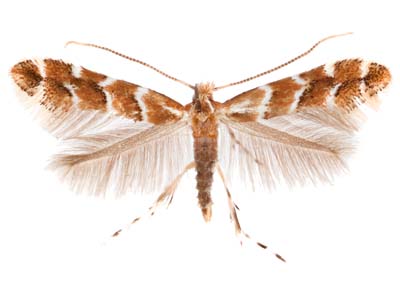 © Todd Giligan 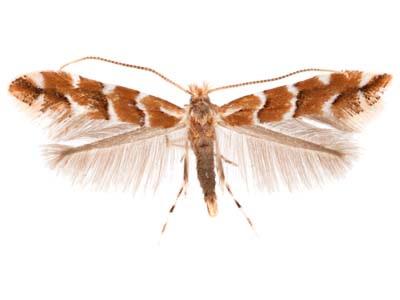 © Todd Giligan |
Moth Photographers Group at the Mississippi Entomological Museum at the Mississippi State University
Send suggestions, or submit photographs to Webmaster — Moth Photographers Group
Database design and scripting support provided by Mike Boone
